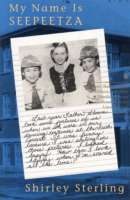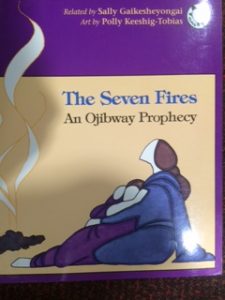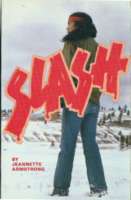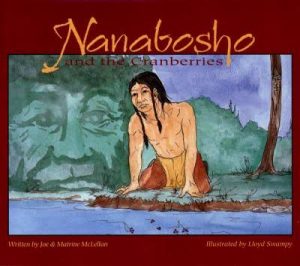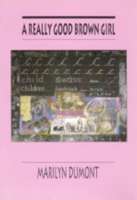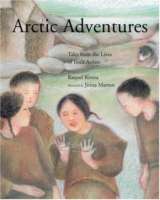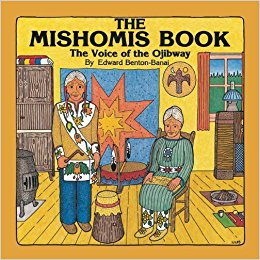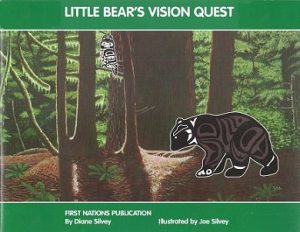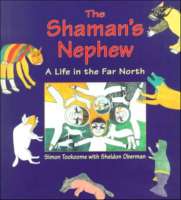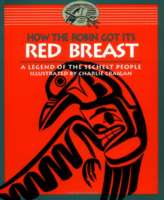
These traditional teaching legends come straight from the oral traditions of the Sechelt Nation. Simple enough to be understood by young children, yet compelling enough for adults, they are gentle, beautifully presented cautionary tales. You’ll want to read them again and again – and you’ll learn a few words of the Shishalh language while you’re at it. Charlie Craigan is a young Sechelt artist who works in a tiny studio set up in his bedroom. He studied traditional wood carving with Sechelt Nation carvers, but learned to draw and paint by studying books.

